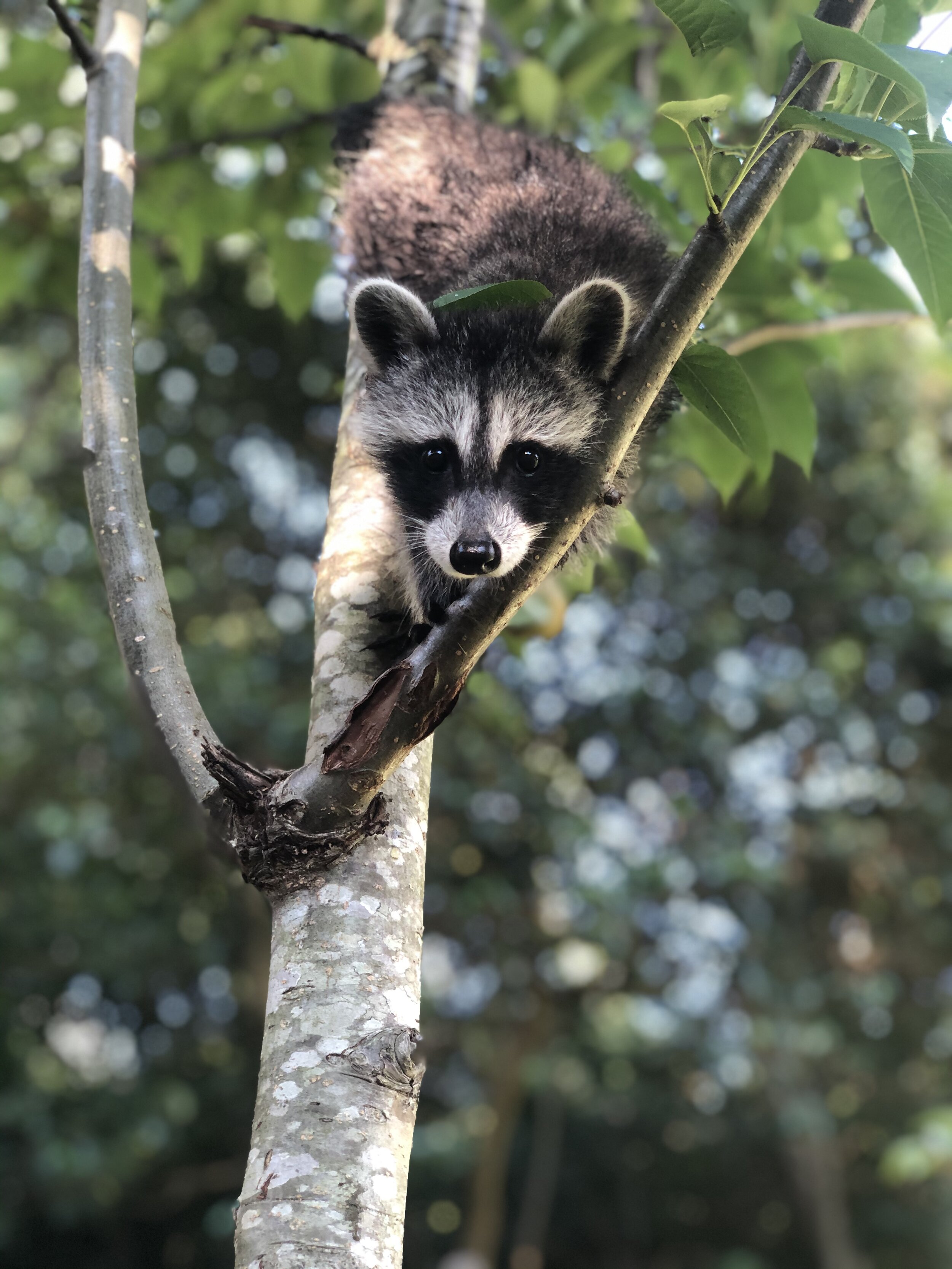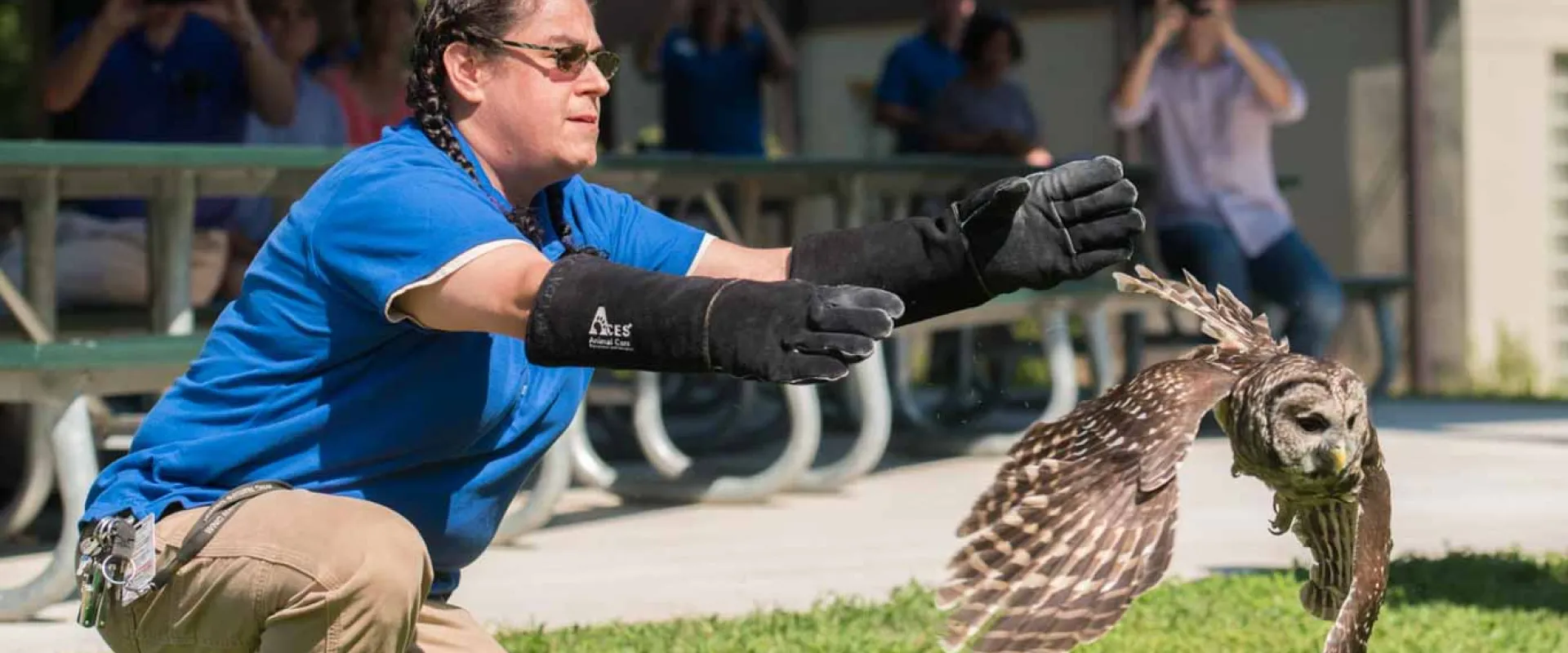Neighborhood Resources for Effective Animal Control Burlington Providers
Wiki Article
The Duty of Humane Wildlife Removal in Protecting Citizen Ecosystems
Humane wildlife removal is not simply an honest factor to consider yet an essential element in safeguarding local ecosystems. By focusing on non-lethal techniques, it resolves the fragile balance in between human development and wild animals habitat preservation. This approach not just minimizes disputes but also ensures the sustainability of biodiversity. The performance of these approaches warrants better exam, particularly in city setups where human-wildlife communications are increasingly complicated. As we ponder the ramifications of our approaches and their influence on ecological harmony, one need to wonder about how these methods can be optimized to cultivate an extra cooperative connection with nature.Comprehending Human-Wildlife Problems
Human-wildlife conflicts often develop when the natural habitats of animals intersect with human activities, causing competition for sources and area. As urbanization and agricultural growth proceed to trespass upon wild animals regions, animals such as deer, coyotes, and raccoons find themselves in closer distance to human populations. This distance can result in destructive influence on both wild animals and humans, as pets may create damage to plants, framework, and personal effects while humans may inadvertently harm wild animals via habitat destruction and various other anthropogenic pressures.The intricacy of these disputes comes from an array of factors. Changes in land usage, climate modification, and the fragmentation of communities typically compel wildlife to adjust to brand-new settings, often leading them into domestic or commercial areas. Additionally, the schedule of human-generated food sources, such as garbage and pet dog food, can draw in wild animals to human settlements, intensifying interactions and prospective disputes.
Resolving human-wildlife conflicts requires a nuanced understanding of pet actions, eco-friendly dynamics, and socio-economic factors to consider. By studying these policymakers, interactions and guardians can create methods that aim to reduce conflicts while maintaining biodiversity and preserving environmental equilibrium. The goal is to cultivate coexistence and lessen damaging influence on both human neighborhoods and wild animals populaces.
Significance of Non-Lethal Approaches
Non-lethal techniques of wild animals removal embody this values by offering solutions that prevent injury to wildlife while attending to human issues. By employing such methods, we can take care of wild animals communications without resorting to lethal actions, consequently protecting animal populations and reducing moral issues linked with killing.These approaches commonly prove a lot more effective in the lengthy term, as getting rid of individual animals can create a space that is promptly loaded by various other members of the species or various types completely. This can lead to a cycle of continuous removal initiatives, whereas non-lethal deterrents address the origin creates of wild animals presence.
Furthermore, non-lethal methods foster coexistence by informing the public concerning wildlife habits and encouraging unified living methods. This understanding can bring about much more lasting human-wildlife interactions, ultimately guarding both community interests and animal welfare.
Advantages for Biodiversity
When non-lethal wildlife elimination techniques are utilized, they add significantly to biodiversity conservation. By guaranteeing the secure relocation of animals instead than their removal, these approaches maintain eco-friendly equilibrium and shield the integrity of ecological communities.
In addition, these approaches promote conjunction between people and wild animals, minimizing unfavorable communications and protecting the abundant tapestry of life that defines biodiverse regions. This approach motivates a much deeper understanding and respect for wild animals, fostering area support for conservation efforts. Inevitably, gentle wild animals elimination is a vital part in securing biodiversity, making sure ecosystems stay useful reference and vibrant for future generations.
Strategies for Reliable Removal
Carrying out effective techniques for gentle wild animals elimination calls for a detailed understanding of pet habits and environment requirements. This knowledge functions as the structure for establishing techniques that make sure the safe and honest moving of wildlife. One primary approach involves performing detailed analyses of the damaged location to determine the types present and the details obstacles they present. This evaluation aids in designing tailored methods that decrease tension and damage to the pets.An additional critical technique is using exemption strategies, which concentrate on securing access indicate stop pets from going back to structures. This method not just attends to the immediate problem but also works as a lasting option, decreasing future problems in between human beings and wildlife. In addition, go to this site the use of safe deterrents and repellents can urge pets to leave areas voluntarily, complementing various other elimination initiatives.
Capture and relocation ought to constantly be a last hotel, utilized just when pets present a straight hazard or are incapable to leave by themselves. In such instances, utilizing humane traps and making certain the release of pets in suitable environments are vital to guarding their welfare. Partnership with wild animals specialists and adherence to lawful policies better boost the performance of these approaches.

Encouraging Coexistence in Urban Areas
Promoting conjunction in city locations needs a complex method that stabilizes human growth with the needs of regional wildlife. Urban planners and policymakers must incorporate green areas, such as parks and wild animals hallways, into city layouts to provide environments for indigenous types. animal control Burlington.Education and learning and awareness campaigns are critical in promoting a society of conjunction. Homeowners require to comprehend the significance of wild animals and the role they play in regional ecosystems. Workshops and informational sessions can equip communities with understanding on exactly how to reduce conflicts, such as safeguarding trash and making use of gentle deterrents to stop wildlife breach.
Furthermore, innovation can play a substantial duty in promoting conjunction. The use of wildlife surveillance systems, for example, can assist track animal motions and notify metropolitan preparation decisions. Cooperations between ecological companies, city governments, and neighborhood teams can better strengthen these initiatives, making certain that city advancement advances sustainably while appreciating the environmental balance.
Verdict
Humane wildlife removal is important for keeping environmental balance and biodiversity by employing non-lethal methods that minimize damage to animal populations. Inevitably, advertising conjunction in city locations fosters an unified relationship between people and the natural environment, making certain sustainable ecological communities for future generations.As urbanization and agricultural expansion proceed to intrude upon wild animals regions, animals such as raccoons, deer, and prairie wolves find themselves in closer closeness to human populaces. Non-lethal techniques of wild animals removal symbolize this principles by providing options that stop injury to wild animals while attending to human concerns. By employing such approaches, we can manage wildlife communications without resorting to deadly procedures, thereby preserving animal populations and reducing honest concerns our website associated with murder.
Carrying out efficient methods for gentle wildlife removal needs an extensive understanding of animal behavior and habitat requirements.Humane wildlife elimination is vital for maintaining environmental equilibrium and biodiversity by using non-lethal methods that minimize damage to animal populations.
Report this wiki page